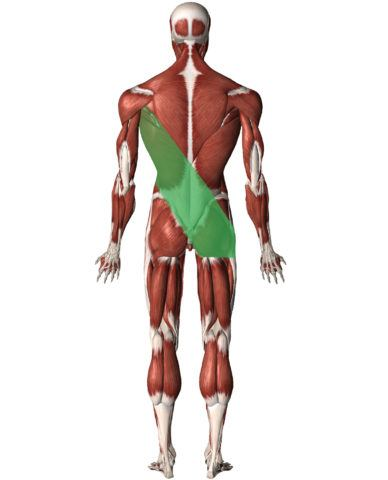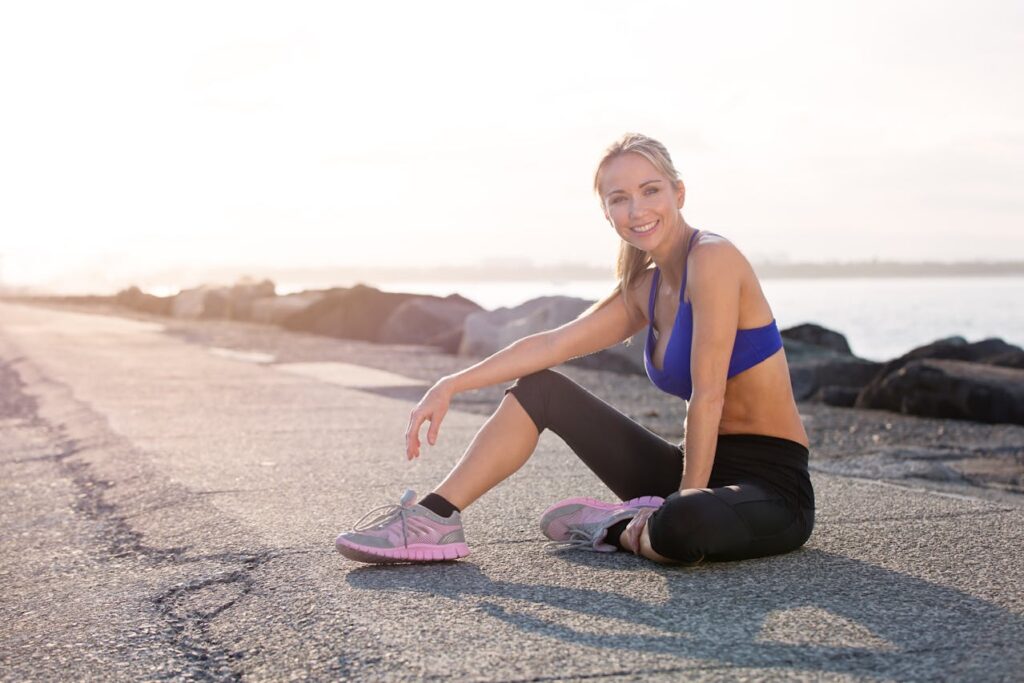Why Summer Running in Vancouver Is So Popular — And How to Do It Right
When the sun finally breaks through Vancouver’s rainy months, locals and visitors alike to start running Vancouver seawall for long runs, breathtaking views, and that sweet summer energy.
But with the sudden surge in mileage and intensity, it’s easy to go from feeling great to dealing with frustrating injuries.
Whether you’re prepping for a 5K, marathon training, or just getting back into outdoor fitness, here’s your complete guide to running smart, building strength, and fueling properly for a healthy, injury-free summer.
How to Scale Your Running to Prevent Injury
One of the most common mistakes new and returning runners make? Doing too much, too soon.
Your body needs time to adapt to the forces of running — and even if you feel great, your tissues (like tendons and ligaments) might lag behind your cardio improvements.
Follow these scaling tips:
-
- Follow the 10% Rule: Increase your weekly running distance by no more than 10% per week
- Mix Up Your Surfaces: Run on softer surfaces like trails or grass occasionally to reduce joint stress.
- Use the Talk Test: If you can’t hold a conversation while running, you’re probably pushing too hard
- Plan Recovery Days: At least one to two rest or active recovery days per week is crucial
- Listen to Pain Signals: Persistent soreness, sharp pains, or limping are red flags — don’t “push through.”
Essential Warm-Up Protocol for Seawall Runners
A dynamic warm-up wakes up your nervous system, primes your joints, and gets your body ready to run.
Skip it, and you’re more likely to suffer strains and tightness.
Try this simple 5-minute warm-up before every Seawall run:
-
- Leg Swings: 10 forward/backward and 10 side-to-side each leg.
- Walking Lunges with Reach: 10 per side.
- Butt Kicks: 30 seconds.
- High Knees: 30 seconds
- Arm Circles: 20 seconds each direction.
(Pro tip: Do your warm-up facing the water — for extra motivation and to deal in the mental imagery)
Strengthen Your Running Muscles to Run Farther and Feel Better
Running isn’t just about logging miles — it’s about building a body that can handle those miles.
Focus on these strength exercises 2-3 times per week:
-
- Single-Leg Deadlifts (posterior chain + balance
- Step-Ups (glutes + quads)
- Glute Bridges (posterior sling activation)
- Core Planks and Side Planks (stabilization)
- Calf Raises (Achilles and ankle health)
Strengthening the posterior chain — glutes, hamstrings, calves, and lower back — is crucial for powering your stride and preventing knee and hip injuries.
The Posterior Oblique Sling: The Secret to Strong, Efficient Running
Ever heard of the Posterior Oblique Sling? It’s a vital system of muscles that links your opposite shoulder and hip (think right shoulder to left glute), stabilizing your pelvis and creating efficient, powerful movement during running.

When your posterior sling is strong and firing properly, you:
-
- Reduce energy leaks (wasting less energy with each stride)
- Improve running economy
- Prevent overuse injuries like IT band syndrome and runner’s knee
Key exercises to strengthen your posterior oblique sling:
-
- Bird Dogs
- Dead Bugs
- Cable or Band Anti-Rotation Presses (Pallof Presses)
- Single-Arm Dumbbell Rows
Spend a few minutes each strength session targeting this system, and your running form will feel smoother and stronger.
Stay Healthy Through Nutrition: Fuel for Summer Running
You can’t outrun a poor diet — especially in the summer heat when hydration and recovery matter more than ever.
Top Nutrition Tips for Vancouver Runners:
-
- Hydrate Early and Often: Start drinking water before your run, not just after. Weigh yourself before and after. Every 1Ib of weight lost needs to be replaced with 500ml of water.
- Electrolytes Matter: Especially if you sweat heavily. Coconut water, electrolyte tablets, or sports drinks can help.
- Prioritize Protein: Aim for 20–30g of protein within an hour after your runs to rebuild muscle.
- Smart Carbs: Oats, fruit, and whole grains before runs fuel performance without heavy digestion.
- Don’t Forget Omega-3s: Fatty fish like salmon (local to Vancouver!) reduce inflammation and help recovery.
Final Thoughts: Make This Your Strongest, Healthiest Running Season Yet
The Vancouver Seawall offers one of the world’s most beautiful running backdrops — but to enjoy it to the fullest, you need a smart plan. Scale your training, warm up properly, build your strength, and fuel your body — and you’ll be cruising past the beaches, parks, and mountains injury-free all summer long.
Need a personalized running strength program or injury prevention plan?
Contact me today and let’s build your best running season yet!
For more info about the Vancouver seawall – check out this lik


Pingback: What I Learned Training 100 Clients as a Personal Trainer in Vancouver